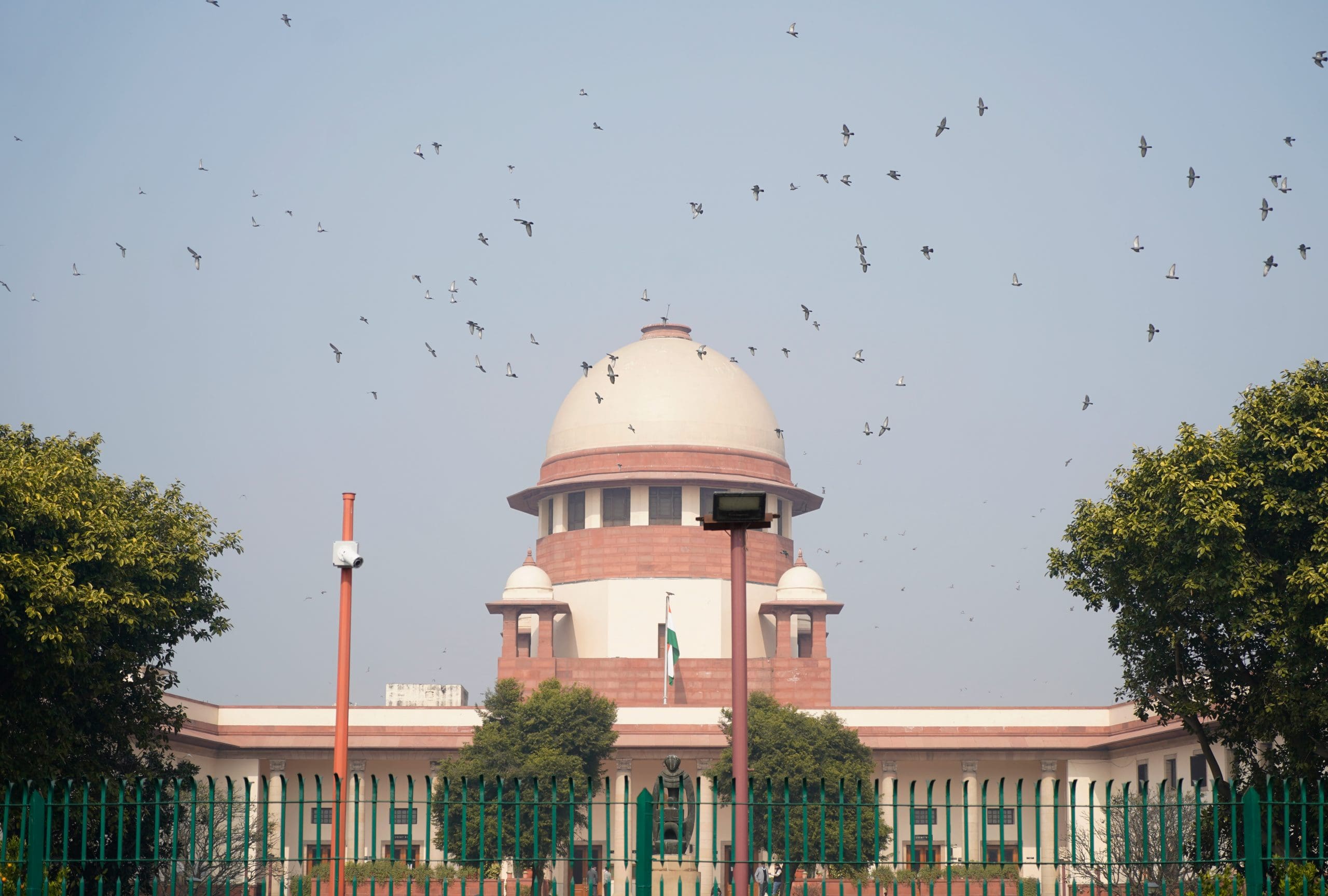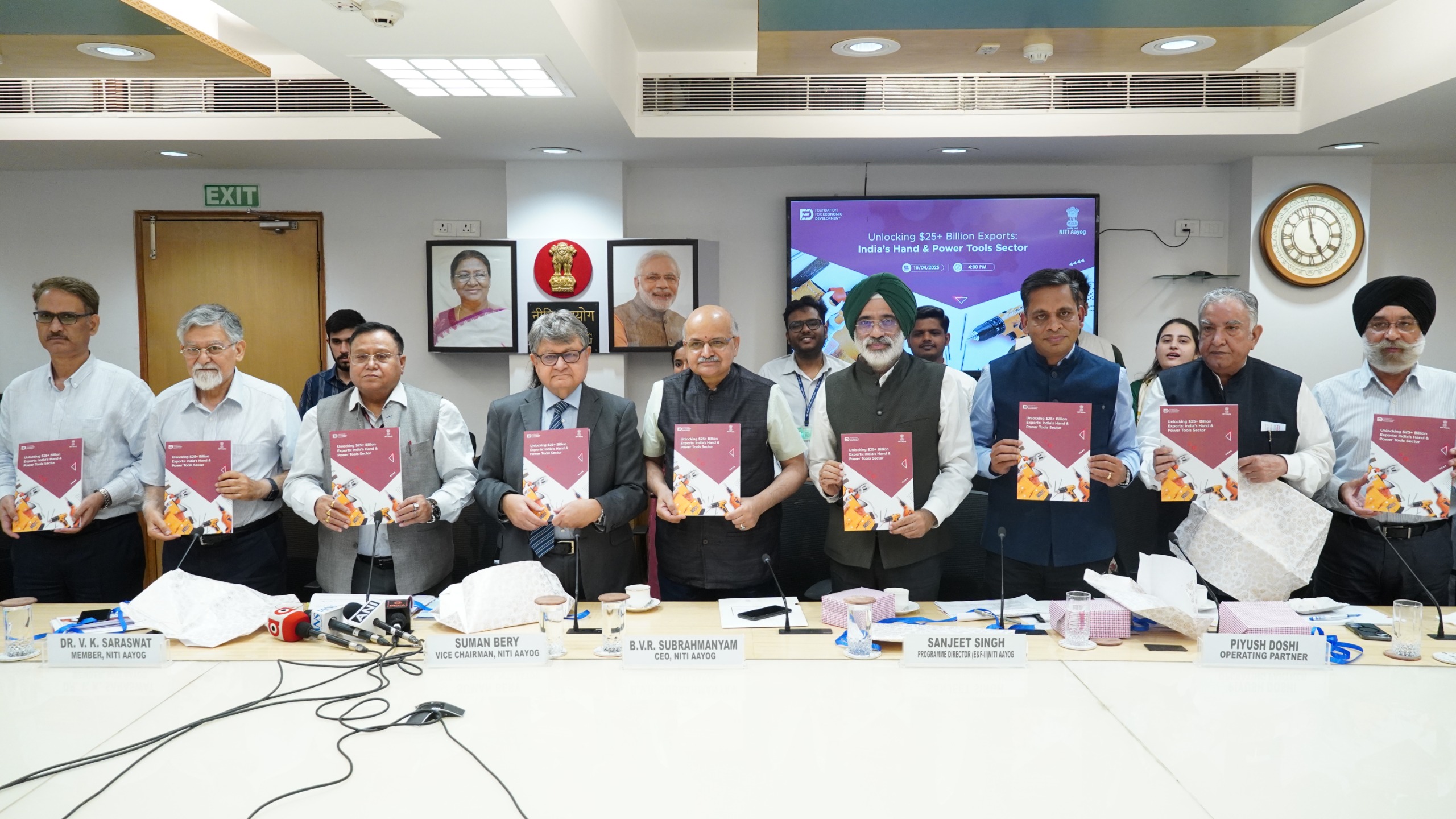- Courses
- ABOUT US
- OUR TOPPERS
- TEST SERIES
- FREE STUDY MATERIAL
- VIDEOS
- CONTACT US
Parliamentary Committee Recommends Reform of Criteria for Delisting Monuments from ASI Protection
Parliamentary Committee Recommends Reform of Criteria for Delisting Monuments from ASI Protection

- Amid ongoing controversy surrounding demands for the removal of the tomb of Mughal emperor Aurangzeb, which is a protected monument under the Archaeological Survey of India (ASI), a Parliamentary Committee has called for a review of the criteria used to delist monuments from the ASI’s protected sites list.
- The Union Culture Ministry has been asked to form an independent panel to re-evaluate and reform these criteria.
What is Delisting?
- Delisting refers to the removal of a monument from the ASI's protected sites list.
- Once delisted, the monument is no longer under the responsibility of the ASI for conservation, protection, or maintenance.
- This allows for regular construction and urbanization in the area, which could potentially damage the heritage site.
Current Situation:
- The ASI manages 3,698 centrally protected monuments under the Ancient Monuments and Archaeological Sites and Remains (AMASR) Act, 1958, which includes a range of sites such as temples, forts, tombs, and prehistoric sites.
- Recently, the ASI delisted 18 untraceable monuments, including Delhi’s Barakhamba Cemetery and Haryana’s Kos Minar No.13.
Additional Committee Suggestions:
- Heritage Conservation & Development Balance:
- The committee stressed the importance of balancing heritage conservation with developmental pressures. This can be achieved by combining technology, legal frameworks, climate adaptation, and community participation.
- This would help protect India’s cultural legacy for future generations while adhering to ASI’s mandate.
- Budgetary Recommendations:
- The committee recommended a more robust allocation for the conservation, restoration, and maintenance of protected monuments, especially World Heritage Sites. The increasing pressure on ASI’s existing resources requires enhanced funding.
- The ASI’s budget for 2023–24 was increased by 70%, amounting to ₹443.53 crore. Despite this, challenges like encroachment, climate threats, and resource gaps continue to pose significant obstacles.
- Multi-pronged Strategy for Protection:
- The committee proposed a GIS-based digital inventory with real-time monitoring and biennial audits to improve accountability and prevent monuments from being lost due to urbanization.
- Strengthening legal frameworks was also suggested, including introducing stricter penalties under the AMASR Act and setting up fast-track courts to handle heritage violations and encroachments.
Supreme Court Directive to Halt Deforestation Activities in Kancha Gachibowli
The Supreme Court of India has issued a directive to stop deforestation activities in the Kancha Gachibowli area of Telangana, following the state's plan to auction approximately 400 acres of forested land adjacent to the University of Hyderabad for the construction of IT parks. This plan sparked massive student protests, urging the government to reconsider the deforestation of valuable green space.
Significance of Urban Forests
Urban forests play a crucial role in the ecological, social, economic, and climate resilience of cities. Their importance is outlined below:
- Environmental Significance:
- Urban forests provide vital ecosystem services, including air and water purification, carbon sequestration, temperature regulation, and biodiversity conservation.
- For example, the Delhi Ridge acts as a green lung for the city, helping in the regulation of air quality and temperature.
- Social Benefits:
- Urban forests improve physical and mental health by offering spaces for recreation and relaxation. They reduce stress, promote physical activity, and help in enhancing social cohesion by providing community spaces.
- Economic Value:
- Urban forests have a direct impact on property values, making nearby areas more attractive for real estate. They also serve as a draw for tourism, and help in supporting local businesses and development.
- Climate Resilience:
- Urban forests enhance a city's ability to adapt to climate change by reducing the urban heat island effect, controlling flooding, improving air quality, and enhancing local biodiversity.
Threats to Urban Forests in India
Urban forests in India face several challenges that threaten their existence and sustainability:
- Rapid Urbanization and Infrastructure Development:
- Increasing urban sprawl and infrastructure development often result in the destruction of valuable forested areas. A notable example is the Aarey Forest issue in Mumbai, where deforestation was proposed for urban development.
- Pollution and Climate Change:
- Urban forests are affected by pollution and the impacts of climate change, including heat islands, erratic rainfall, and extreme temperatures. These factors hinder the growth and regeneration of trees, disrupting the balance of urban ecosystems.
- Invasive Species and Biodiversity Loss:
- Invasive species and monoculture plantations disrupt local ecosystems by outcompeting native species, leading to a loss of biodiversity and altering the natural structure of urban forests.
- Policy and Regulatory Gaps:
- The management of urban greenery is complicated by the involvement of multiple agencies, and there is an absence of a comprehensive urban forest policy to guide conservation and development efforts in urban spaces.
Government Initiatives for Urban Forest Conservation
To address the challenges faced by urban forests, the government has launched several initiatives aimed at protecting and enhancing green spaces in cities:
- Nagar Van Udyan Program: The Nagar Van Udyan program aims to create 200 urban forests across India. This initiative involves local communities, schools, and organizations in the development and maintenance of these forests.
- School Nursery Yojana (SNY): The School Nursery Yojana seeks to connect children with nature by involving them in growing saplings at school nurseries. This initiative promotes environmental education and encourages the younger generation to take part in conservation efforts.
- Miyawaki Forest Plantation: The Miyawaki Method is being used to create dense, self-sustaining forests using native species. These forests are designed to thrive in urban areas, contributing to biodiversity and helping improve the ecosystem.
- Greening Guidelines: The Union Ministry of Housing and Urban Affairs has introduced greening guidelines that require cities to maintain a minimum of 12-18% green cover. This policy aims to ensure that cities preserve adequate green spaces amidst urbanization and development.




